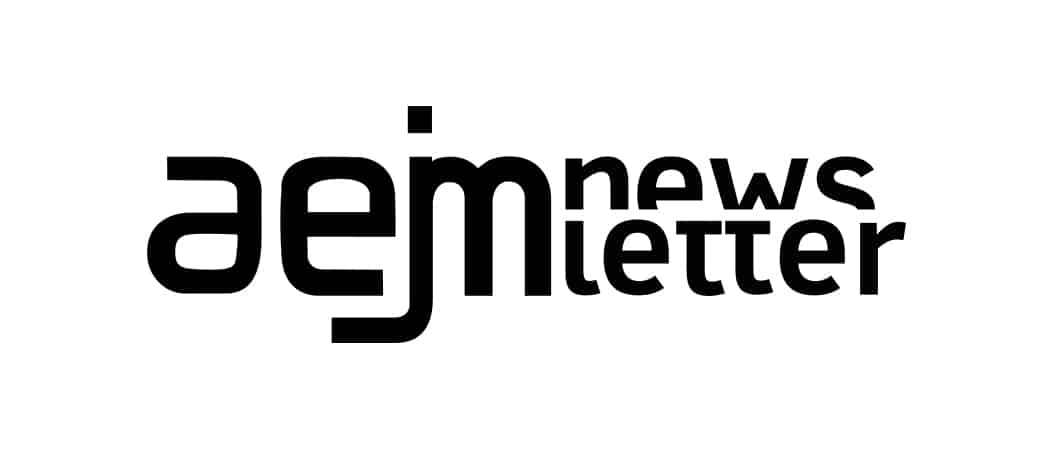 AEJM
AEJM
AEJM Newsletter Archive | 02/2024
To view the complete 02/2024 Newsletter, click here Dear Friends of the AEJM, Dear Colleagues, At the end of March, the…
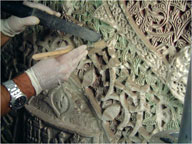
The Sephardic Museum opened the 4th of September after undertaking a cleaning and restoration of the walls of the Prayer Room in the Synagogue of El Transito
The Great Prayer Room of the Synagogue of El Transito, headquarters of the Sephardic Museum of Toledo, went through a process of cleaning, restoration, and treatment to its walls and surfaces during the entire month of August this year.
The project, a month-long task, consisted of new plastering, stratigraphic samples of the original walls, and a chromatic solution process of the surfaces (done on the paintings of the temple). At the same time, a renovation to improve lighting in the Great Room was completed, which will give greater attention to the wall of the Hejal (East Wall). The goal of this restoration was to recover the original decoration and exemplify the prominence of the plasterwork.
The stratigraphic analysis will allow more insight into the original state of the walls, as well as their evolution, and additionally will create a starting point for new studies and future projects around the Synagogue, which was declared a National Monument in 1877 for its historical and artistic value.
This project has been carried out by the Institute of Cultural Heritage of Spain (IPCE), with the objective of recovering, to the highest degree possible, part of the original decoration scheme of the Synagogue. It also included a comprehensive process of preventative conservation of the building, which will continue to be implemented in various phases of restoration in part with the Ministry of Education, Culture, and Sports.
The basic criteria of the project included the use of chemically pure and low toxicity products, the application of treatments with maximum physical-chemical compatibility with the original materials, and respect given to the material, aesthetic, and intrinsic value of the work.
In addition, during the process we completed a photographic registry, a restoration of the outlines of the corners of the wall surfaces, and an elimination of close to 5,000 nails of different lengths and thicknesses.
 AEJM
AEJM
To view the complete 02/2024 Newsletter, click here Dear Friends of the AEJM, Dear Colleagues, At the end of March, the…
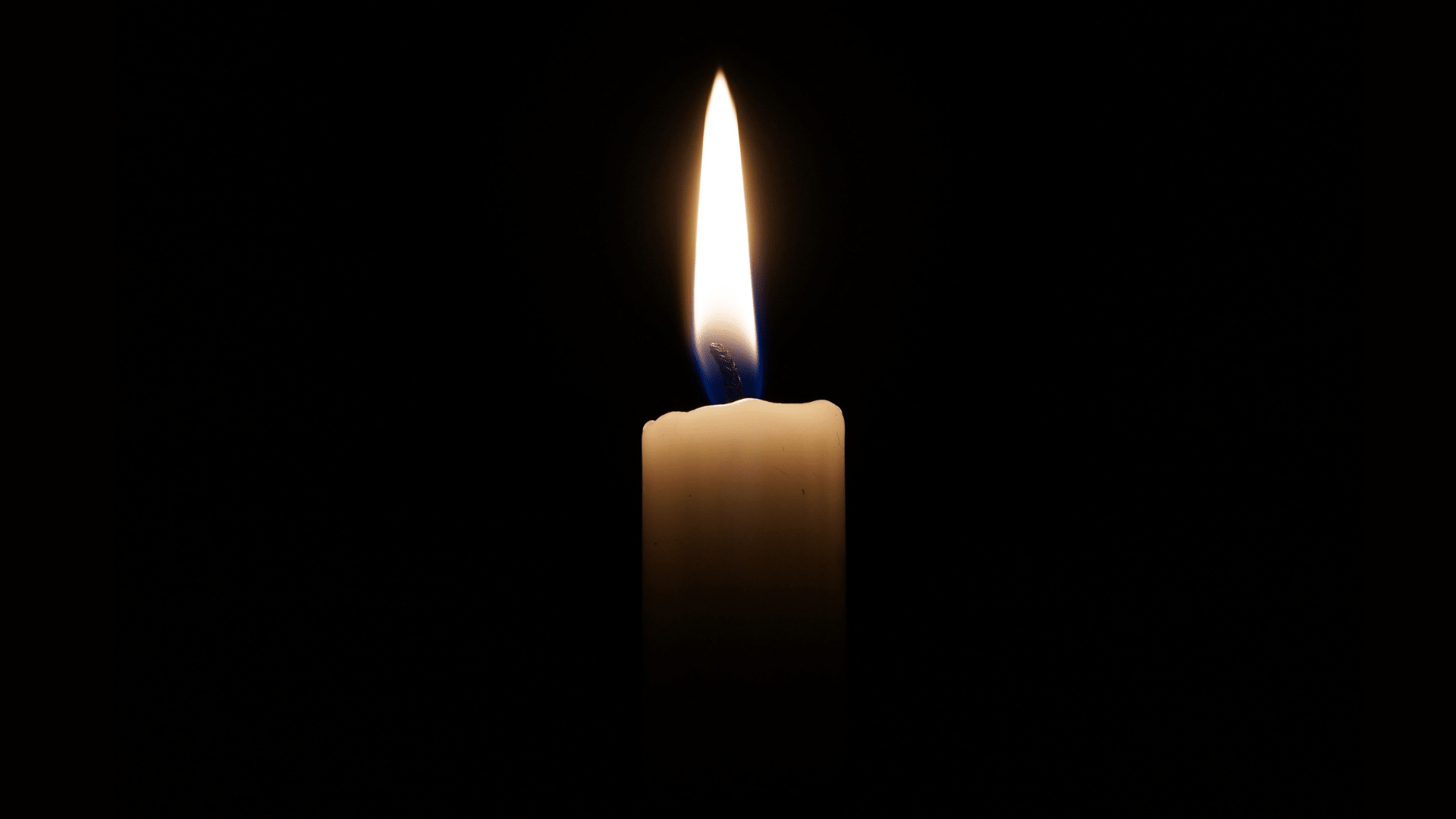 AEJM
AEJM
In this article, we publish words of farewell and obituaries for our esteemed colleague Bernhard Purin. The Tikvá Museu Judaico Lisboa…
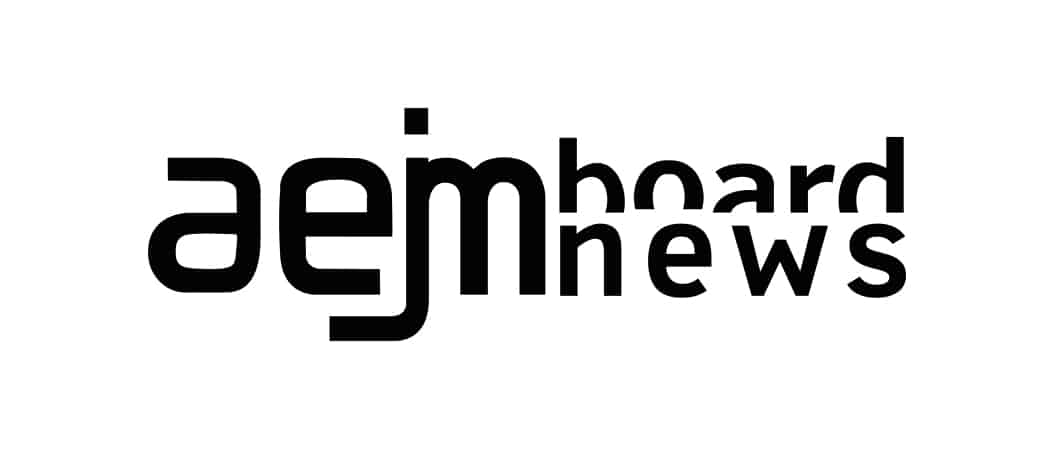 AEJM
AEJM
The Association of European Jewish Museums is deeply saddened about the passing of Lord Jacob Rothschild Z”L, a true philanthropist whose…
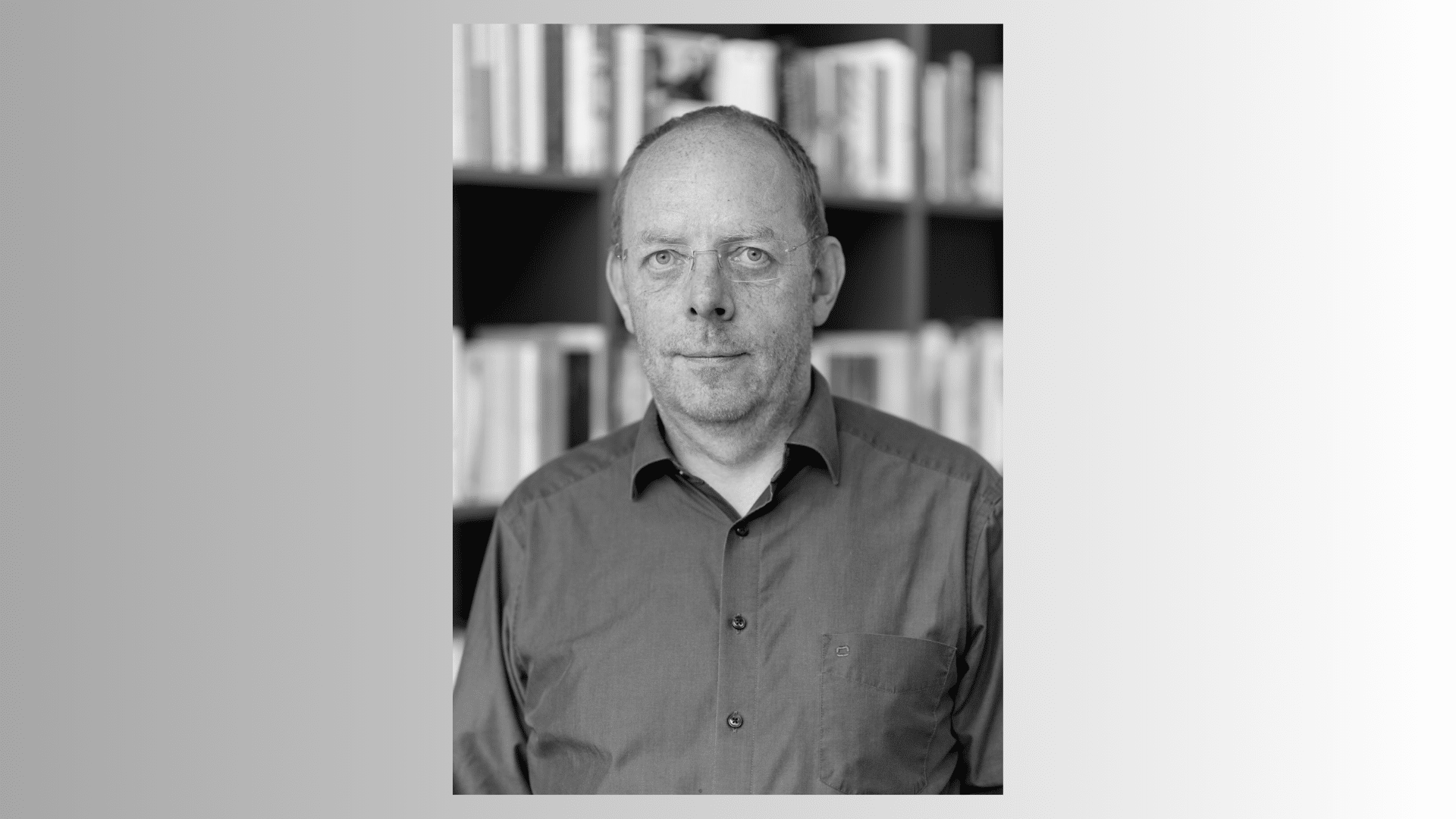 AEJM
AEJM
We received the shocking news of the passing, last week, of our esteemed colleague Bernhard Purin. Two of his closest colleagues,…
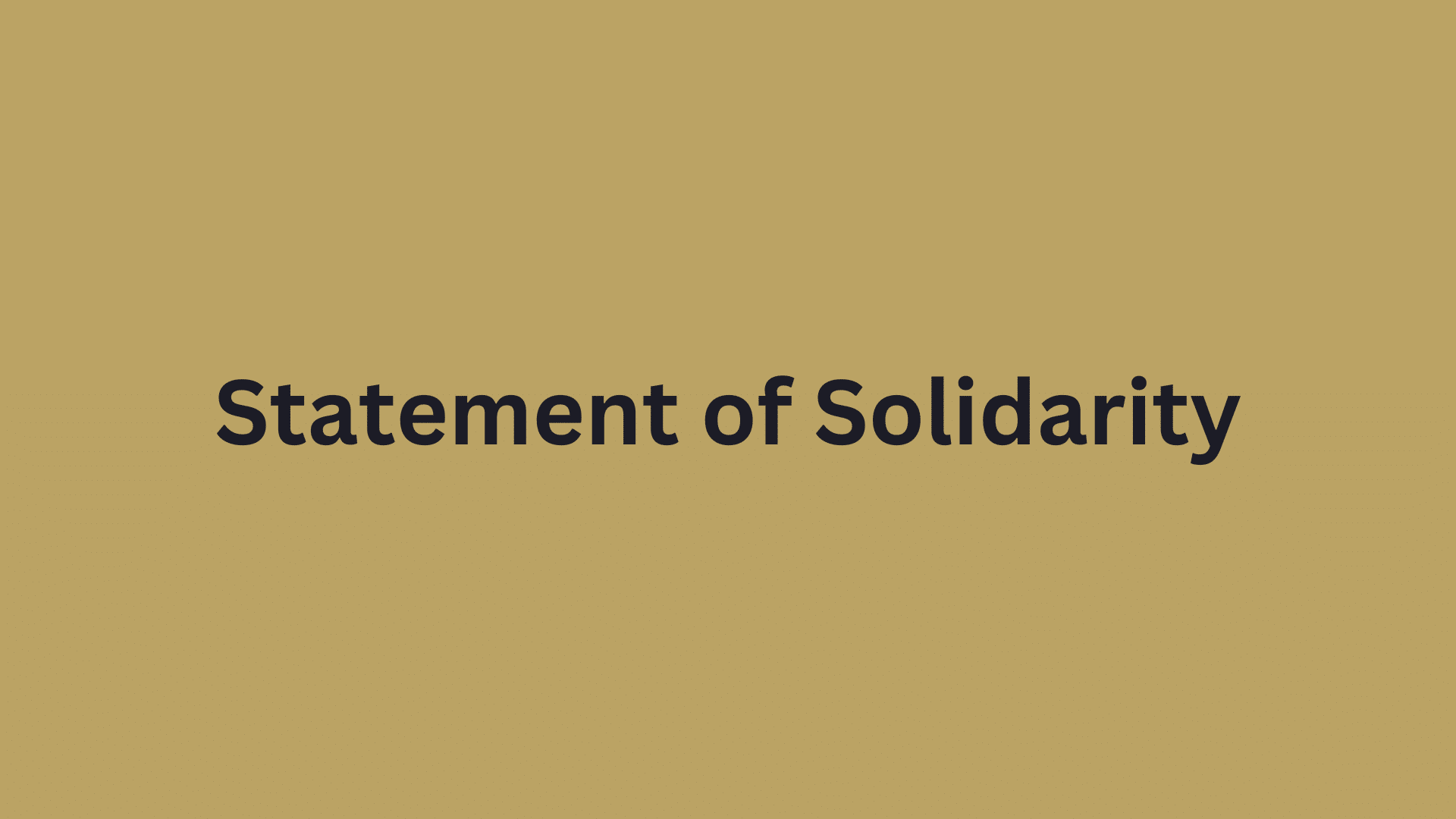 AEJM
AEJM
The AEJM Board wants to express its solidarity for our board member, Prof. Dr. Mirjam Wenzel, Director of the Jewish Museum…
 AEJM
AEJM
To view the complete 01/2024 Newsletter, click here Dear Friends of the AEJM, Dear Colleagues, In the first issue of our…